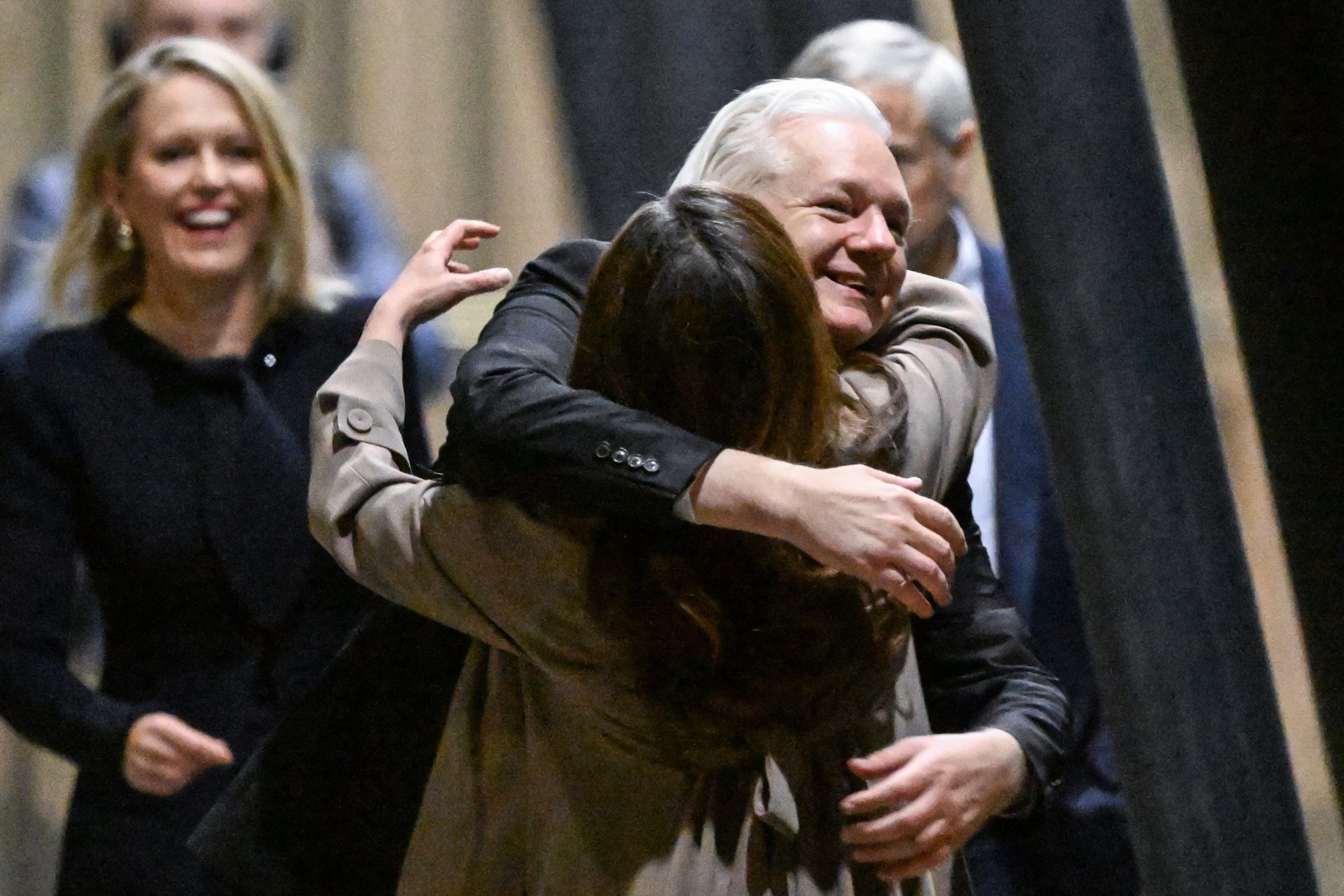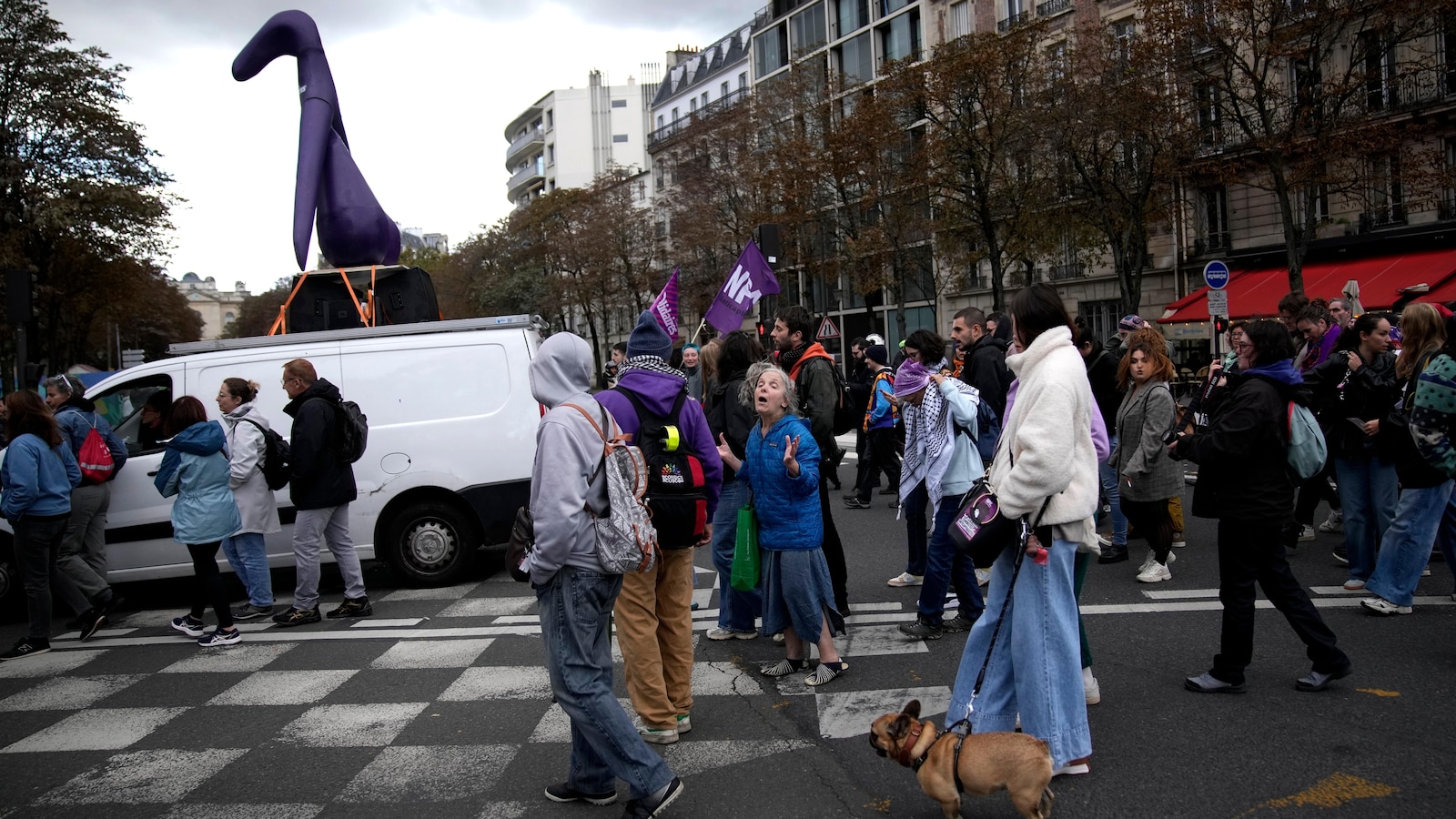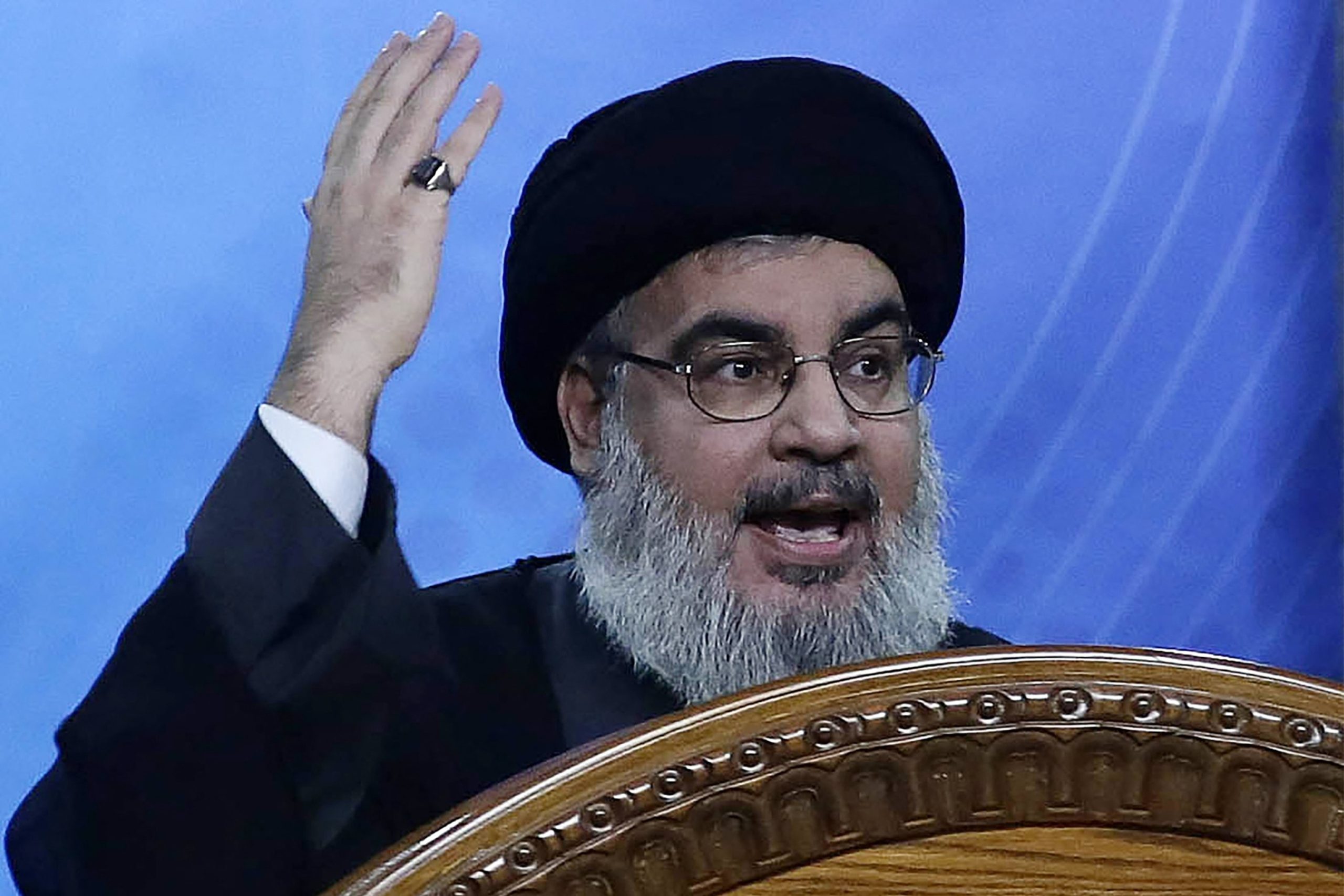Julian Assange arrived on Wednesday in his native Australia, with the WikiLeaks founder stepping off the plane in Canberra and hugging his wife, Stella.
“Touchdown!” WikiLeaks said on social media. “After enduring nearly 14 years of arbitrary detention in the UK, 5 years in maximum security prison, for his groundbreaking publishing work with WikiLeaks, Julian Assange has arrived home on Australian soil.”
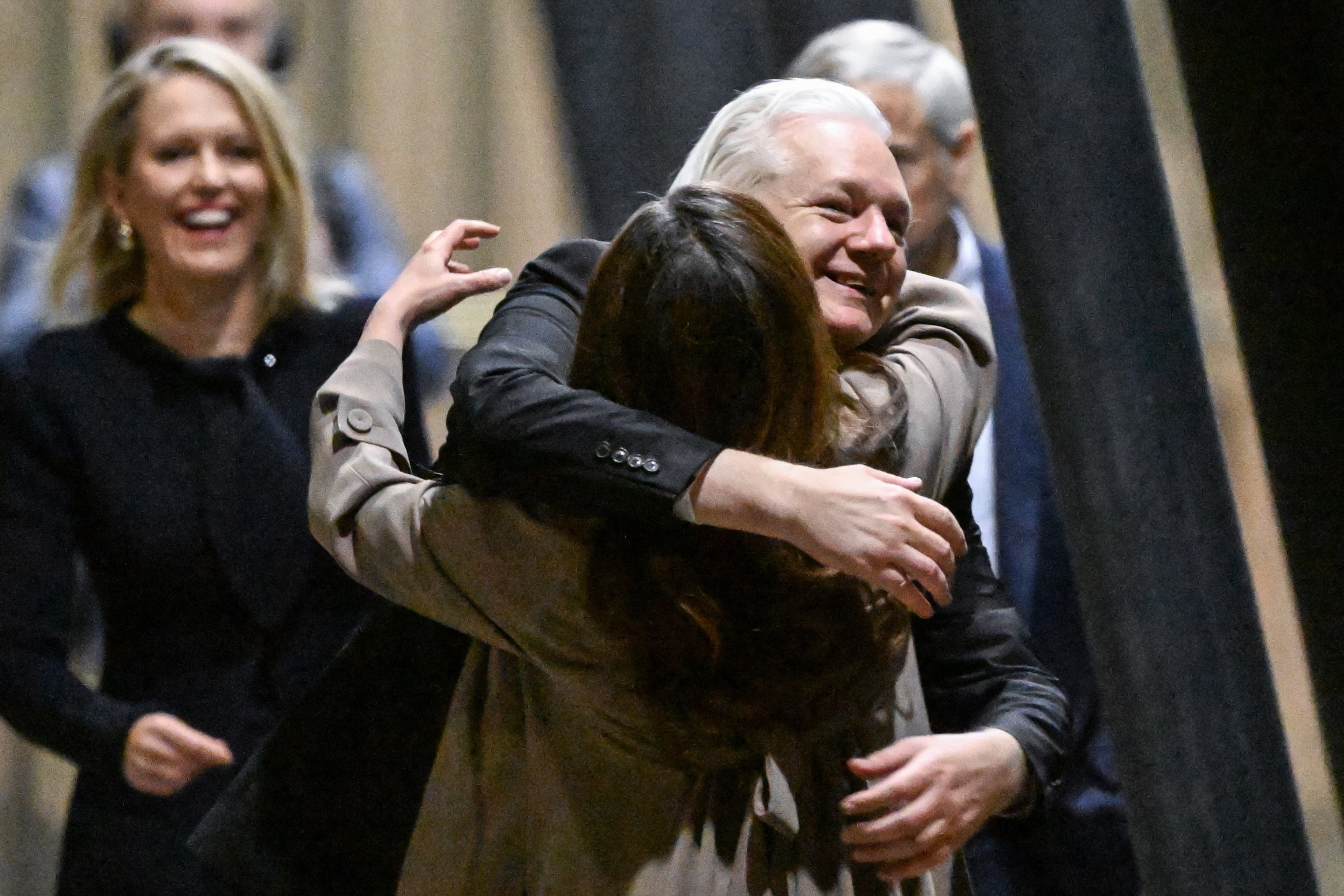
WikiLeaks founder Julian Assange hugs his wife, Stella Assange, after arriving at Canberra Airport in Canberra on June 26, 2024.
William West/AFP via Getty Images
Assange waved to a gathered crowd as he walked along the tarmac. He paused and offered a double thumbs up before entering a terminal building.
Assange had pleaded guilty to a single felony in a U.S. court in the Northern Mariana Islands on Wednesday and left a free man.
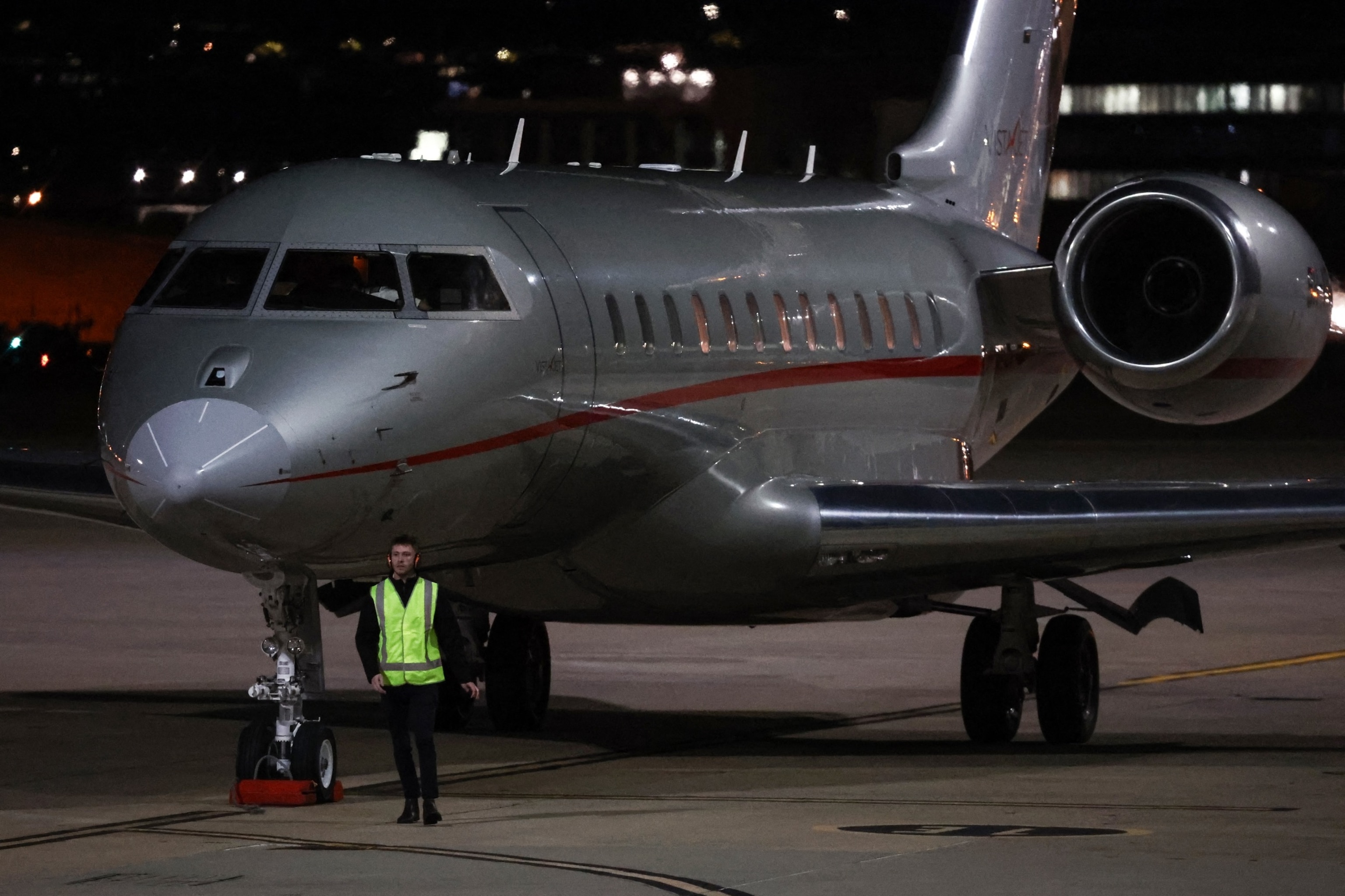
The plane carrying WikiLeaks founder Julian Assange arrives at Canberra Airport in Canberra on June 26, 2024, after Assange pleaded guilty at a U.S. court in Saipan to a single count of conspiracy to obtain and disseminate US national defence information.
David Gray/AFP via Getty Images
Assange’s release follows a yearslong fight by the U.S. government to extradite him from the United Kingdom on charges related to documents published by WikiLeaks in 2010.
U.S. prosecutors had accused Assange of conspiring with Chelsea Manning, who, as an intelligence analyst in the U.S. Army, leaked to Assange hundreds of thousands of classified documents, including about 250,000 U.S. Department of State cables.
The Justice Department said Monday it had reached an agreement with Assange to plead guilty to a single felony count of conspiring to unlawfully obtain and disseminate classified information.
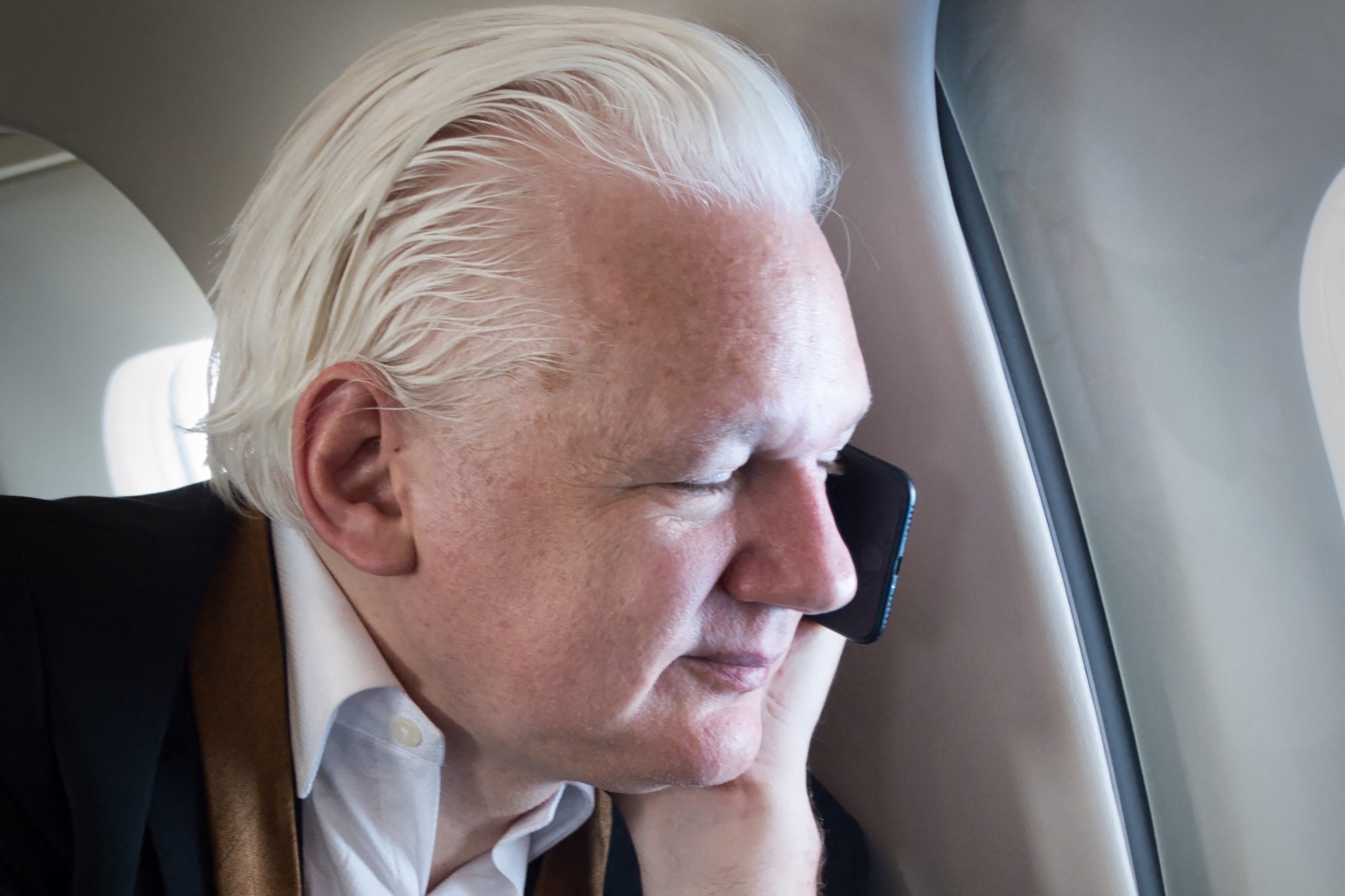
This handout photo courtesy of the WikiLeaks X and posted on June 26, 2024 shows WikiLeaks founder Julian Assange talking to his wife, Stella, while on his way in a private jet to Canberra after leaving Saipan in the Northern Mariana Islands.
WikiLeaks/AFP via Getty Images
Anthony Albanese, the Australian prime minister, who had advocated for the charges to be dropped, said in a statement on Wednesday that he’d spoken with Assange, welcoming him home during a phone call.
Albanese also thanked the United States and United Kingdom for making Assange’s return possible.
“As Prime Minister, I have been clear — regardless of what you think of his activities, Mr. Assange’s case had dragged on for too long,” he said. “I have clearly and consistently — at every opportunity and at every level — advocated for Mr Assange’s case to be concluded.”
ABC News’ Alexander Mallin, Patrick Reevell, Meredith Deliso and Britt Clennett contributed to this report.
Julian Assange, the controversial founder of WikiLeaks, has recently made headlines once again after pleading guilty in a US court and subsequently returning to his home country of Australia. Assange, who has been living in exile in the Ecuadorian embassy in London for the past seven years, is facing extradition to the United States on charges of conspiracy to commit computer intrusion.
Assange’s legal troubles began in 2010 when WikiLeaks published a trove of classified US government documents, including diplomatic cables and military files. The leak, which was one of the largest in US history, caused a firestorm of controversy and led to calls for Assange’s arrest. In 2012, he sought asylum in the Ecuadorian embassy to avoid extradition to Sweden, where he was facing allegations of sexual assault. While the Swedish charges were eventually dropped, Assange remained in the embassy due to fears of being extradited to the US.
In April 2019, Assange was arrested by British authorities after Ecuador revoked his asylum status. He was subsequently charged by the US with conspiracy to hack into a government computer and faces up to five years in prison if convicted. In a surprising turn of events, Assange pleaded guilty to the charges in a US court and agreed to cooperate with authorities in exchange for a reduced sentence.
Following his guilty plea, Assange was allowed to return to Australia under strict conditions, including wearing an ankle monitor and reporting to authorities regularly. His return has sparked mixed reactions among Australians, with some viewing him as a hero for exposing government corruption and others as a criminal who endangered national security.
Despite the controversy surrounding him, Assange remains a polarizing figure in the world of journalism and whistleblowing. His case raises important questions about freedom of speech, government transparency, and the role of technology in shaping our society. As he navigates the legal system in both the US and Australia, it is clear that Julian Assange’s story is far from over.
